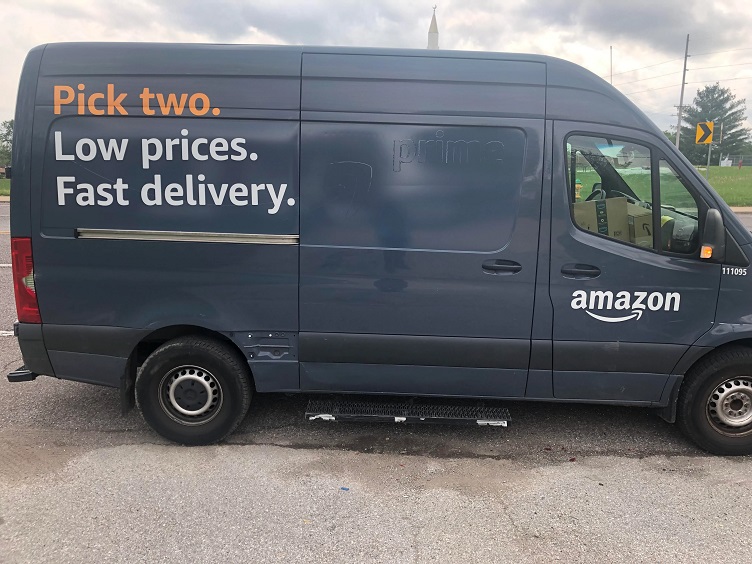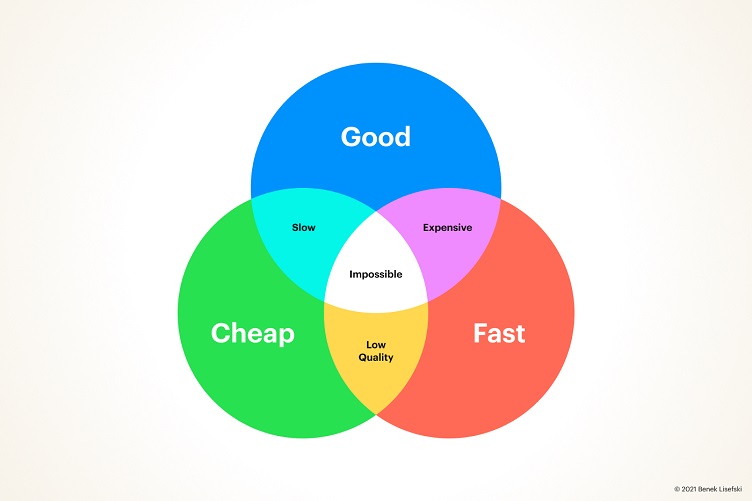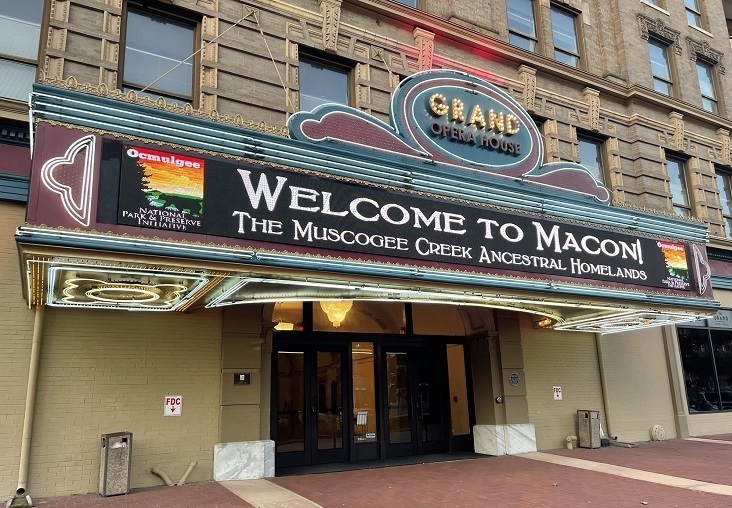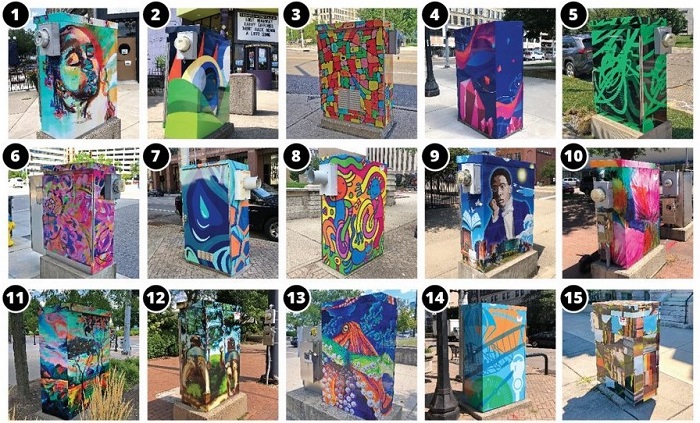Okay, a little bit of a rant today. I have wanted to get this off my chest for a couple years now.
Who decided that greeting customers with “What can I get started for you today?” was a good idea? To my mind it doesn’t build a relationship with the customer and in fact undermines the customer’s confidence that the interaction will end satisfactorily.
When I was first greeted with that phrase in a local, independently owned coffee shop, my first unconscious thought was, “Are you not going to finish my order?” I had the same thought on every subsequent visit and it created a sense of unease in me. But I knew the guy who started the shop so I thought maybe he had read about using the phrase in some management text and while I thought it was something of a miscue, it didn’t really bother me too much. Except that there were times that they did indeed mess up my order and that of my colleagues and it caused me to pay closer attention to my transactions going forward. Moreso than other places I chose to eat.
Then I started hearing the “What can I get started…” in other food service encounters and it definitely undermined my faith that they would get my order correct. Especially in those places where your food is subjected to an assembly line process where the person who you communicate your order to is indeed only starting it, use of the phrase only draws additional attention to the likelihood that things may not be completed correctly. Not only do other people often substitute in for the person to whom you rattled off your request, the person at the end of the line doesn’t even know what you ordered and has to ask you.
Now, in an environment where places have signs up begging your patience because the location is understaffed, the lack of confidence is compounded.
So I am just bewildered about how this phrase became so commonplace that corporate chains and independently owned shops think there is some benefit to using it.
When stores call their customers guests and the employees team members, it is pretty transparently a superficial effort that doesn’t fool anyone, but at least you understand that the attempt is to make customers and employees feel special. I don’t understand the point behind the “what can I get started…” phrase.
I wonder if it might be a matter of a slogan by committee or the highest paid person in the room flexing their influence.
I sort of wondered the same thing about slogans on the Amazon delivery vans.

They have messaging that promises low prices and fast delivery, but it evokes a bit of shared culture pre-dating the internet that has entered the collective consciousness. It utilizes slightly different wording each time, but gives you the option of cheap, fast, and quality, saying you can only pick two. So every time I see one of those vans, I feel like it is basically saying I can get it fast and cheap, but the product is going to be crappy quality.
I can only think that Amazon chose to evoke that meme idea due to marketing by committee or some boss thew their weight around.





Santa Cruz Shakespeare has several tiers of benefits for donors/members. Some, like season-announcement parties, are open to several tiers. Some,…